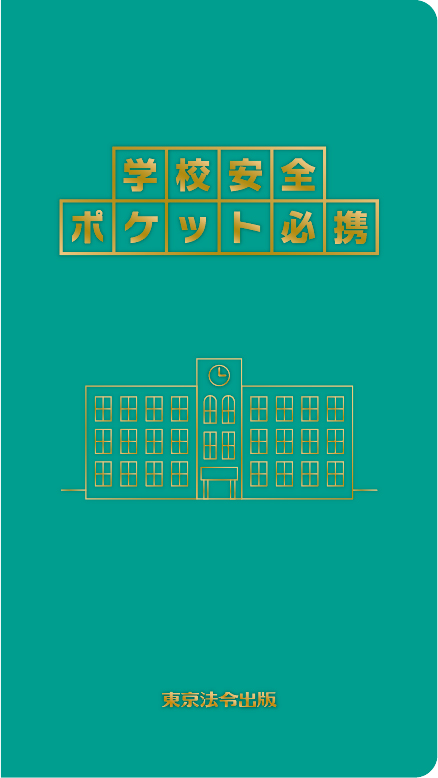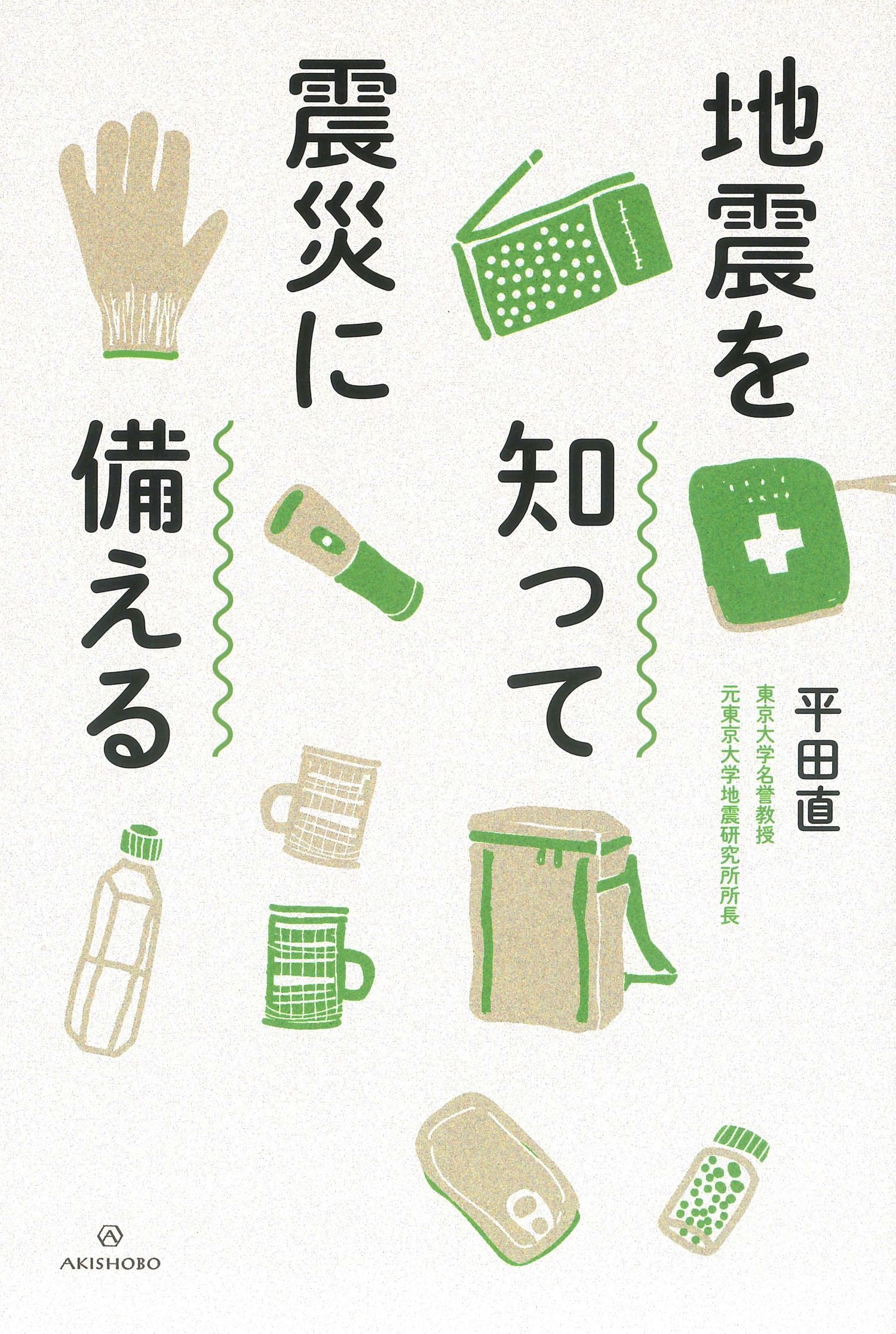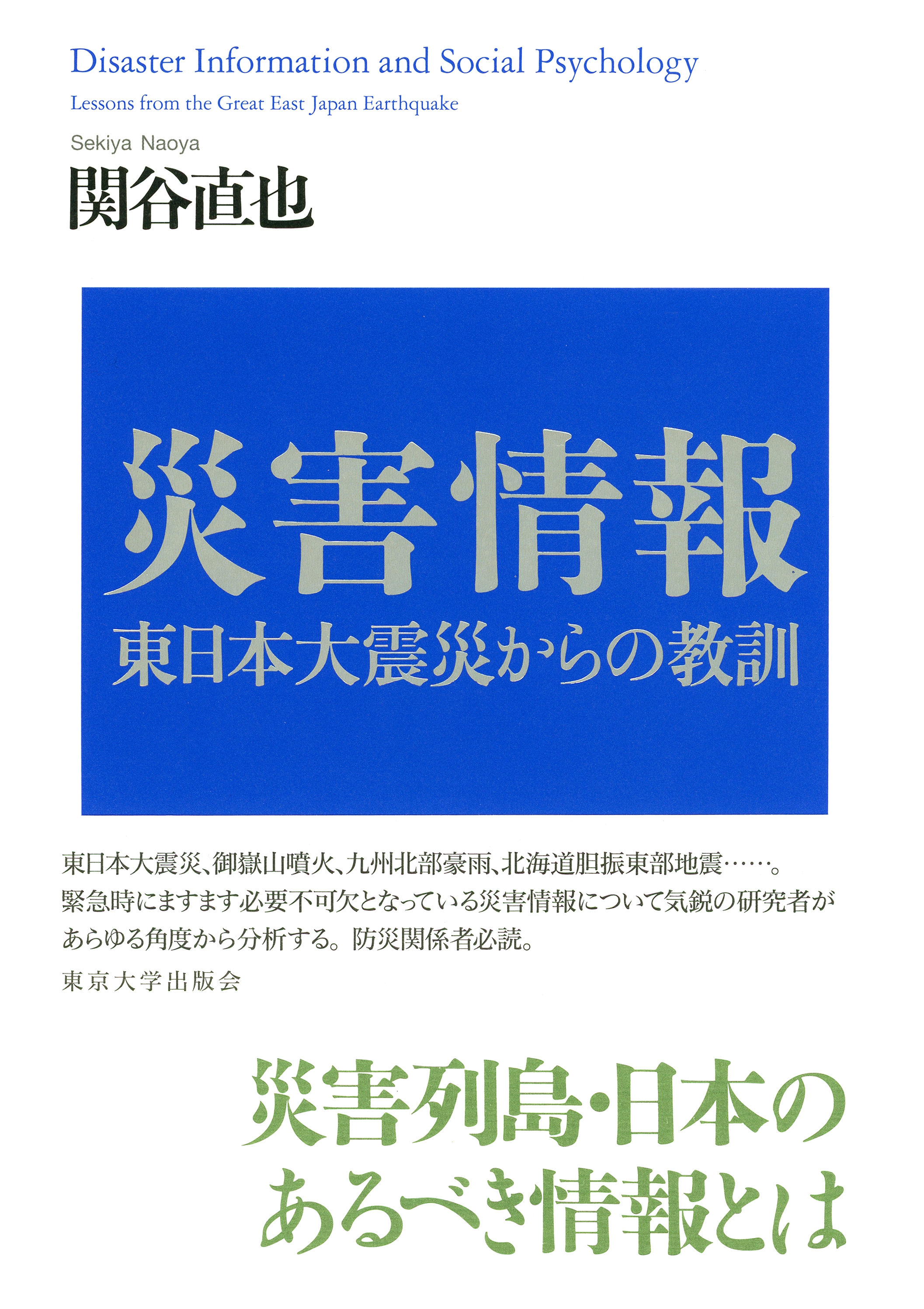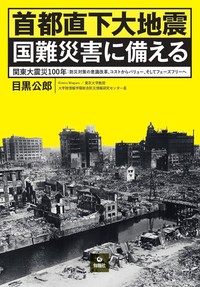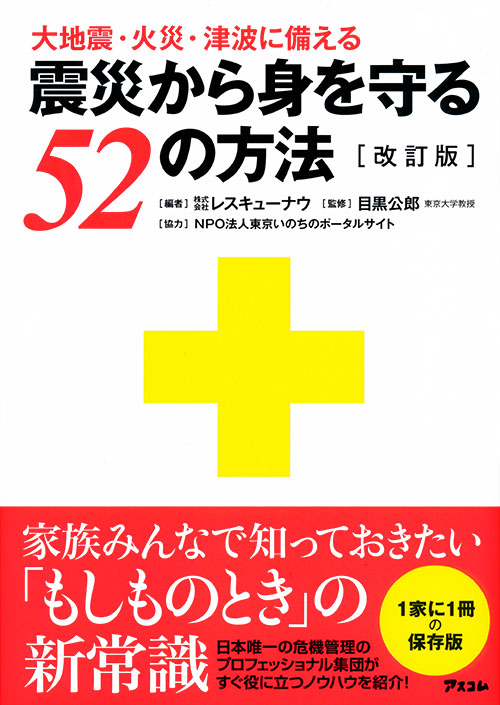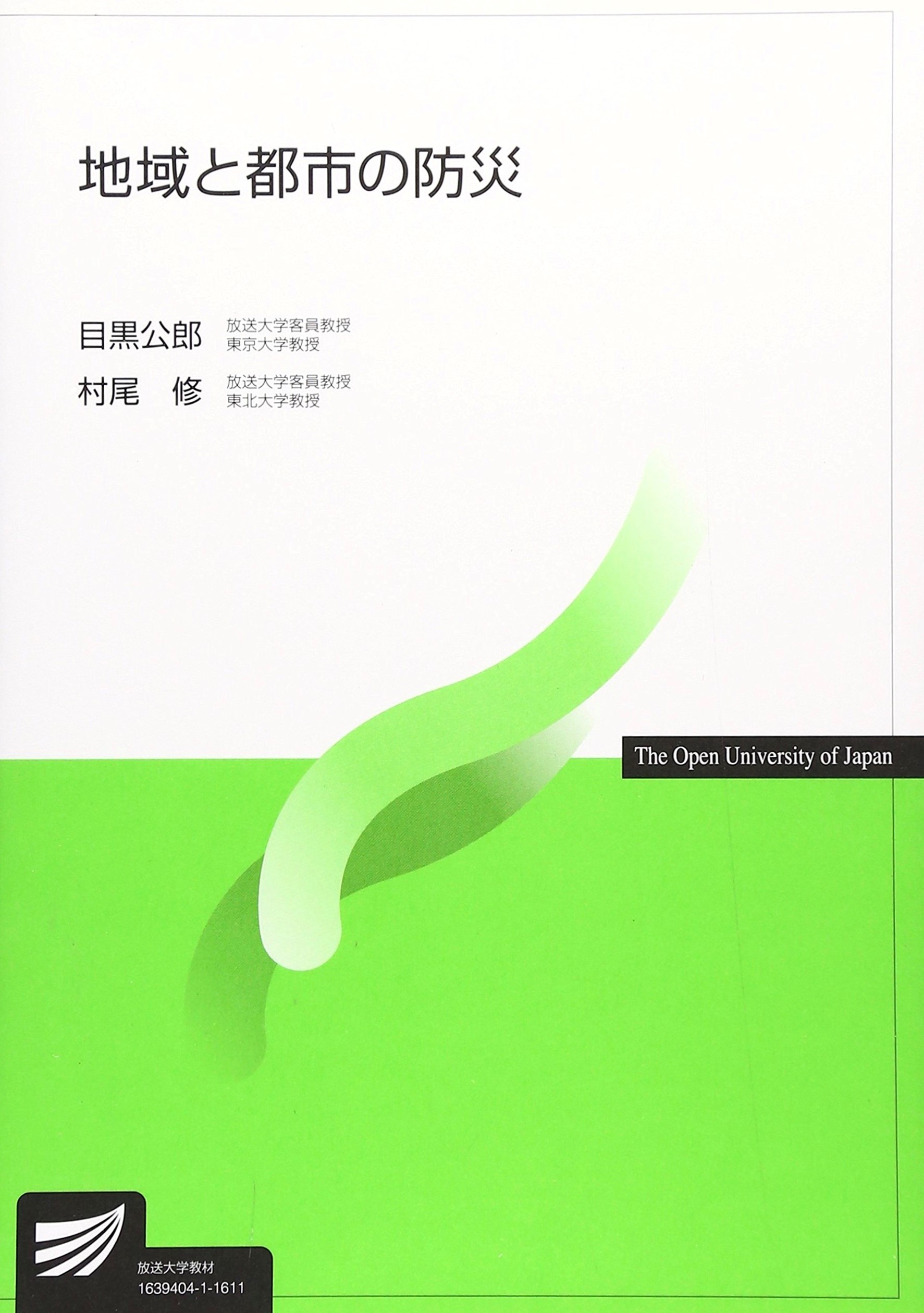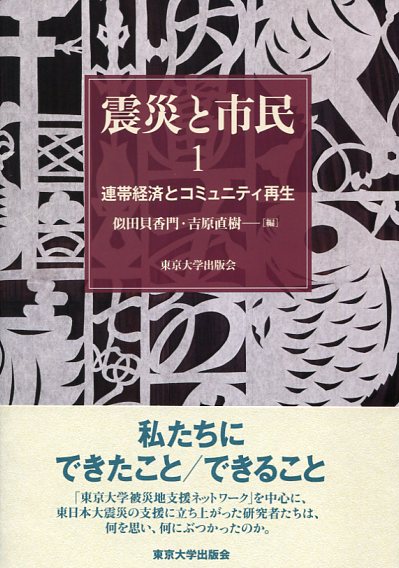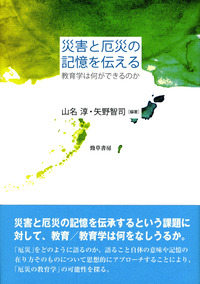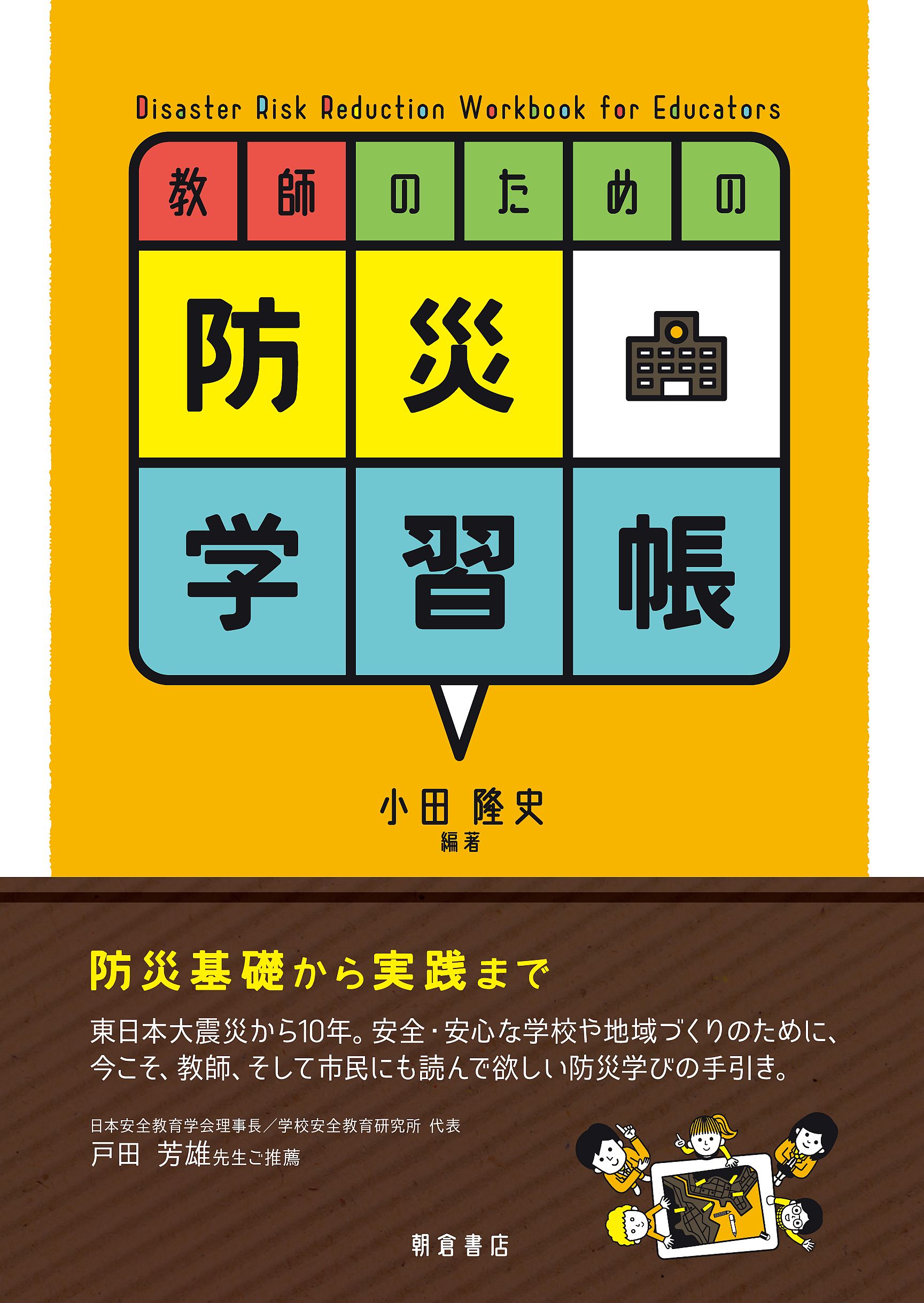
Title
Kyoshino Tameno Bousai Gakusyucho (Disaster Risk Reduction Workbook for Educators)
Size
112 pages, B5 format
Language
Japanese
Released
March 01, 2021
ISBN
978-4-254-50033-2
Published by
Asakura Publishing Co., Ltd.
Book Info
Japanese Page
“My daughter will never come back to life, but I hope that if I continue speaking, at least someone else may have a bright future…”
These words, coming from a person whose family died in the Great East Japan Earthquake, became the starting point of the plan to publish this volume titled Disaster Risk Reduction Workbook for Educators, where I, as someone specializing in geography, head deep into the field of disaster risk reduction.
At the site where 74 children and 10 teachers of Okawa Elementary School, Ishinomaki City, fell victim to the tsunami, a bereaved family member continues using the term “at least” every day, be it in the scorching summer or the freezing winter, even years after the disaster struck. “I have to face this ‘at least’ head on and share it with many schools and teachers.” This might sound exaggerated, but having conducted research at Miyagi University of Education, which is located in the disaster-affected area and has produced many teachers working in the Tohoku region, I became aware of a strong sense of mission and engaged in the planning, editing, and writing of this volume.
The intended audience are currently primarily in-service teachers and university students aspiring to become teachers. I wanted to stick to a commentary format to address challenges in actual school situations based on the knowledge about past disaster experiences. Although a number of books that record “disaster-affected schools” have been published, most detail experiences without facilitating discussion about concrete responses. The majority provide only experience narratives that do not teach any lessons clearly. In light of this, each chapter in this volume has a uniform format, which facilitates reflecting on challenges as relevant to one’s own. I asked researchers and practitioners at the forefront of various fields related to school disaster risk reduction to write about evacuation drills, hazard awareness, information utilization, disaster psychology, school–community–expert cooperation, and spreading knowledge about disasters, with contents that show concrete responses.
For educators who consistently deal with bullying, school digital transformation requirements, and other matters, what is necessary to open their eyes to disaster risk reduction and gain greater awareness? That question is what lies at the core of this volume. Confronting catastrophe and deepening one’s thinking about disaster risk reduction is not limited to acquired knowledge and skills about how to respond to a disaster. What can I and those around me do to protect each other’s dignity and human rights? What is needed to build a society that would help us survive together? This is where I see a perspective that education itself aspires to.
I tried to structure this volume in a manner that would allow the readers to see the clues from disaster risk reduction to think about how society should operate and also about the possibilities of future-oriented “education in the form of disaster risk reduction.” Amid imminent crises such as Nankai Trough earthquake or Tokyo Inland Earthquake to take a step forward in acceptance of this “at least,” I hope that this workbook will be read not only by school staff but also community-supporting citizens.
(Written by ODA Takashi, Associate Professor, Graduate School of Arts and Sciences / 2023)



 Find a book
Find a book


